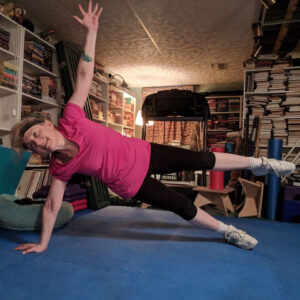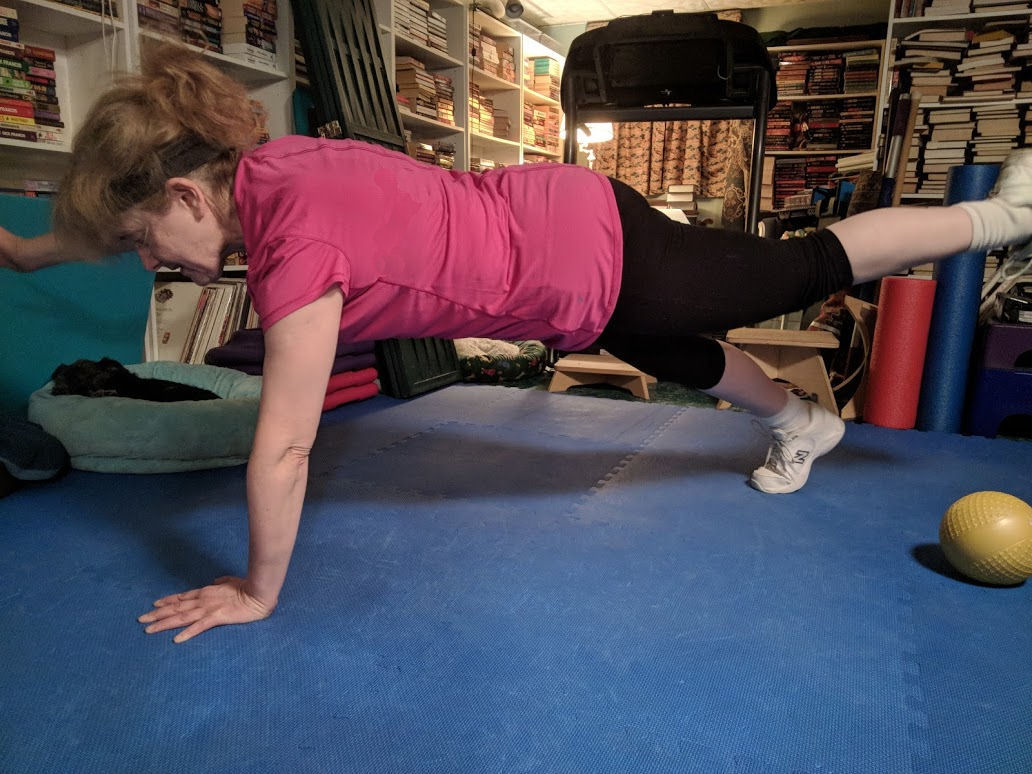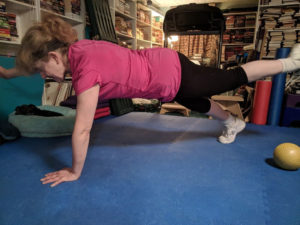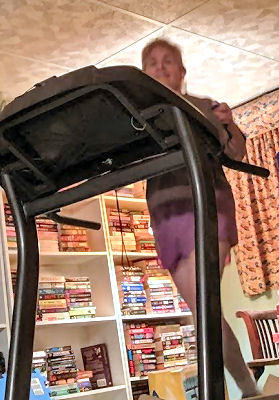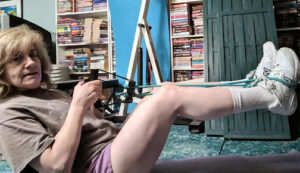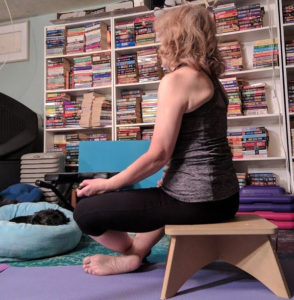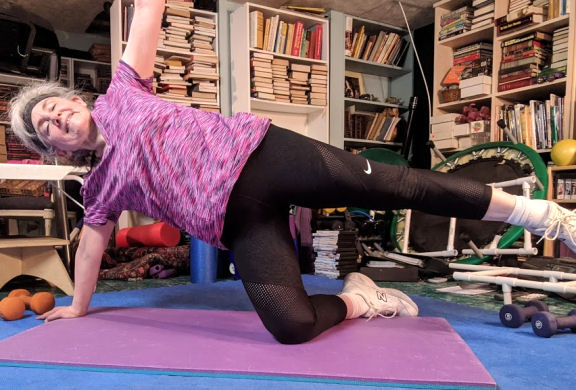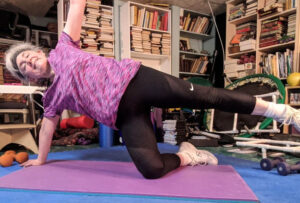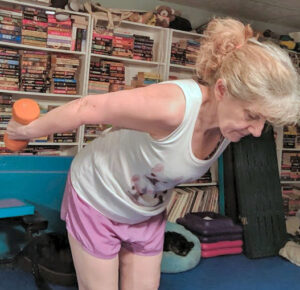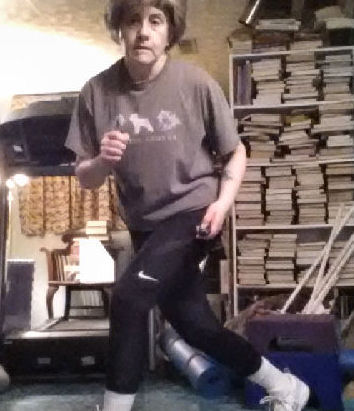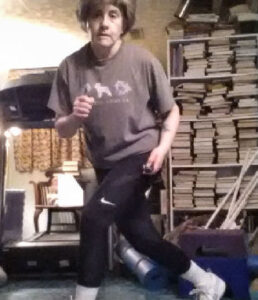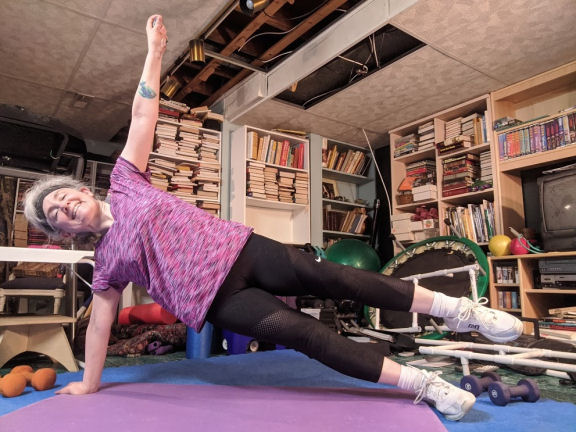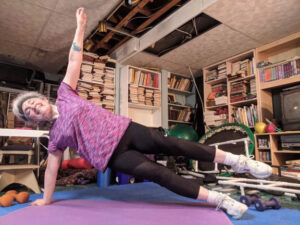Discomfort is only uncomfortable until it becomes comfortable. Get uncomfortable.
Get uncomfortable to achieve your goals
And that’s another way of saying that you should get uncomfortable so that you can achieve your goals. Discomfort happens when you reach for something that’s beyond your grasp now. Like running. When you start running, even after warming up with some stretches and walking, it feels odd and uncomfortable. But when you keep on doing it, even during the same session, running becomes more comfortable. You get used to the motion. The first few times the motion may not seem completely natural (for me, it’s still not natural), but it’s not as uncomfortable any longer.
Embrace discomfort to grow
Some athletes embrace the pain they feel when training, so that they can move past it and improve. I don’t relish pain of any sort. The most I want to feel in my workout is discomfort, and even that is a stretch. But the idea is the same. In order to grow in any endeavor, many feel that it’s necessary to challenge yourself. The challenge can then lead to increased motivation to succeed. In fact, Stanford professor Carol Dweck in her book Mindset: The New Psychology of Success, reveals that students with a growth mindset, that is the belief that they can grow and develop, outperformed their peers with a fixed mindset.
Challenge yourself and succeed
It’s not just in learning more that we succeed by challenging ourselves. In the running example, we can grow – that is, run faster and longer – by pushing ourselves a little more each time we run. That is, get uncomfortable a little more. At the end of a few sessions, that little push becomes more comfortable, almost natural, and then we can push even more. Challenge ourselves a little more. This starts with a single push of the up button. When I’m at the maximum speed I did last time and it doesn’t feel too bad, I just push the increase speed button one time. Increase my speed by just one tenth of a mile per hour. Not too bad. Not even too noticeable, in fact. And I don’t sustain that for long – just a minute, maybe less.
I’ll keep the same maximum speed for a few days until the increase is indiscernible. And then I’ll do it again. It does help to journal my workout – my average speed, maximum speed, how it felt, when I feel I can push it again. If you just want the bare bones of a workout tracker, download the Basic Workout Tracker today. If you want more, check out the Fitness Journal and Tracker which has pages for nutrition and, my favorite, goal planning and tracking!
Challenge yourself more to achieve more
So, get uncomfortable. And soon the concept of pushing beyond boundaries becomes the norm. Then you can push more. Challenge yourself more. You’ll be amazed at what you can achieve. It doesn’t happen overnight. But it will happen. You’ll become more resilient. When things in your life go sideways, you’ll think, I’ve achieved so much, I can push through this. And your resilience will make you more optimistic and ultimately happier, which means good things for your healthy aging.
Get uncomfortable. And you’ll go far.


